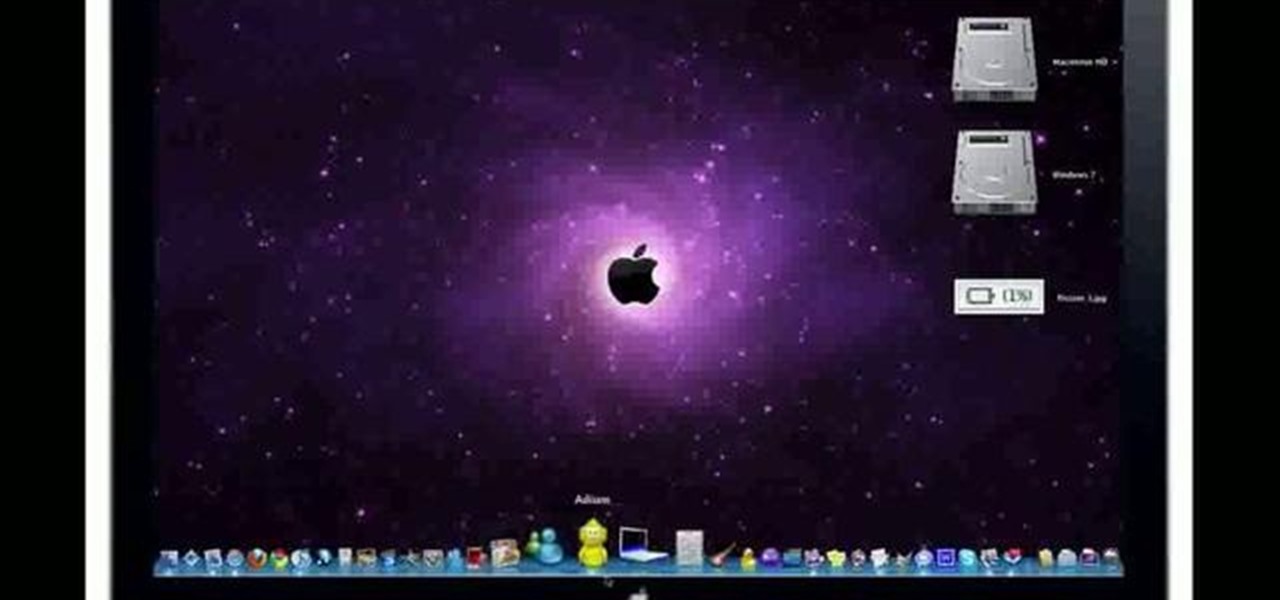How To Change The Dock For Mac Sierra
The Stacks feature of the Dock in macOS High Sierra can be a time-saver. The Dock is the bar of icons that sits at the bottom or side of your screen. It provides easy access to many of. The Stacks feature of the Dock in macOS High Sierra can be a time-saver. The Dock is the bar of icons that sits at the bottom or side of your screen. It provides easy access to many of the apps that come with your Mac. Support Communities / Mac OS & System Software / macOS Sierra. Announcement: Upgrade to macOS Mojave With features like Dark Mode, Stacks, and four new built-in apps, macOS Mojave helps you get more out of every click.
Powerpoint for mac os. Login items page You have to head back to the login items tab that you can access under the Users & Groups tab from the System Preferences feature. From the left pane, select the user for which you wish to remove the items. Removing a startup application or item After selecting the user, you will notice the startup items to the right in the browser sheet. You can now select an application or an item that you want to remove from the sheet.

How To Change The Dock For Mac Sierra Download
AWT's writers and editors are trusted worldwide for their fair reviews, and AWT reviews everything from hardware to software to accessories and bags. In addition to news, opinion and information, Apple World Today provides resources for deals, software updates and more.
Customize Dock Icons • If you’re looking to change the icons of the apps in the Dock, there’s an, without using third-party apps. After you change the app icon, the change should be reflected in the Dock. If it isn’t reflected immediately, you can always manually drag and drop the app to the Dock.
Download internet explorer for mac os. • Go to your Microsoft inbox and the accept the invitation to use IE.
Find options If you want to change an option but don’t know where to find it in System Preferences, use the search field at the top of the window. Options that match your search text are listed, and the preference panes where they’re located are highlighted. If you see a red badge on the System Preferences icon in the Dock, you need to take one or more actions. For example, if you didn’t fully set up your iCloud account, the badge appears on the icon in the Dock; when you click the icon, iCloud preferences are displayed so you can complete setup.
Note that this doesn't prevent applications that are not in the Dock from being launched (a user can still launch apps via Finder or Spotlight, and those apps will have their icons appear in the Dock while running), it simply prevents a user from changing which apps and folders are 'pinned' to the Dock and their position relative to each other. To lock the Dock contents, run this command: defaults write com.apple.Dock contents-immutable -bool yes; killall Dock You'll now notice that you can't rearrange the position of apps on the Dock, add new apps by dragging them to the Dock from Finder, or use the right-click 'Keep in Dock' option on a running application. You also won't be able to remove apps or folders from the Dock. As with the previous options, this locks the Dock as-is, so make sure that you not only add your desired apps and folders first, but that you also rearrange them if necessary into your preferred order. Free the Dock! You can undo any of the changes above by running the corresponding command again and simply changing 'yes' to 'no.' For example, if we've locked everything down but we later decided that we want to let the user change the size of the Dock, we would run: defaults write com.apple.Dock size-immutable -bool no; killall Dock If you're typing commands manually, just remember to add 'killall Dock' after each one in order for the change to take effect.